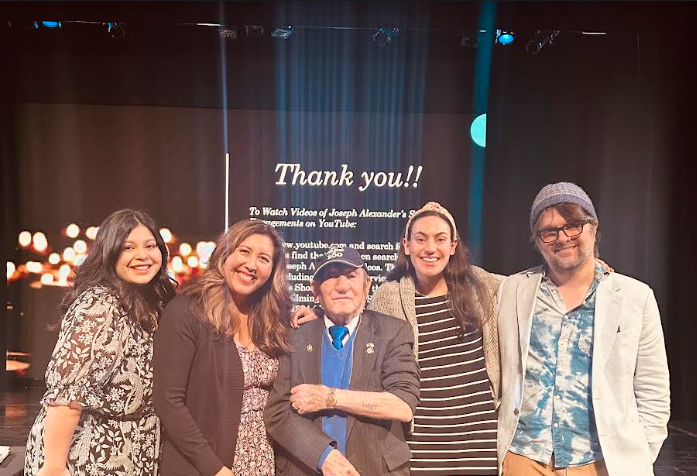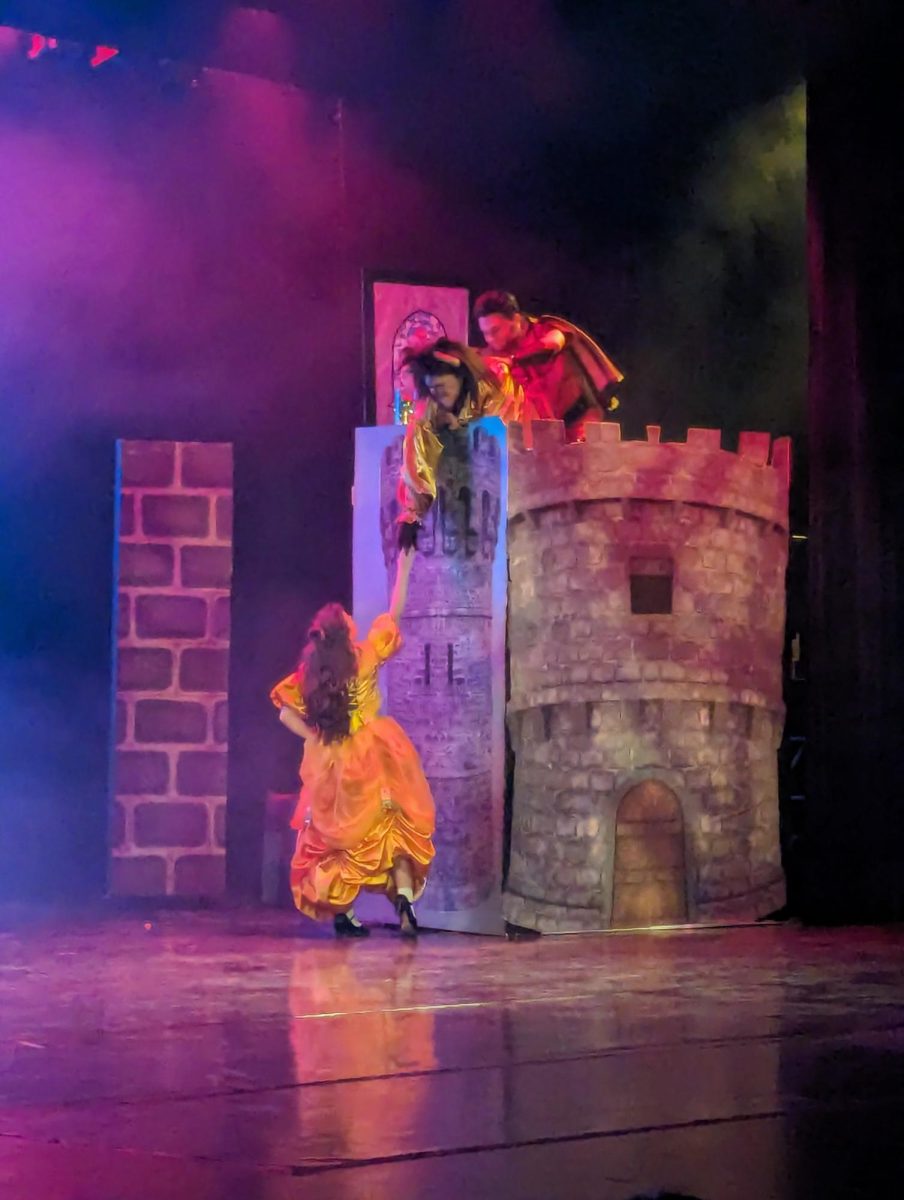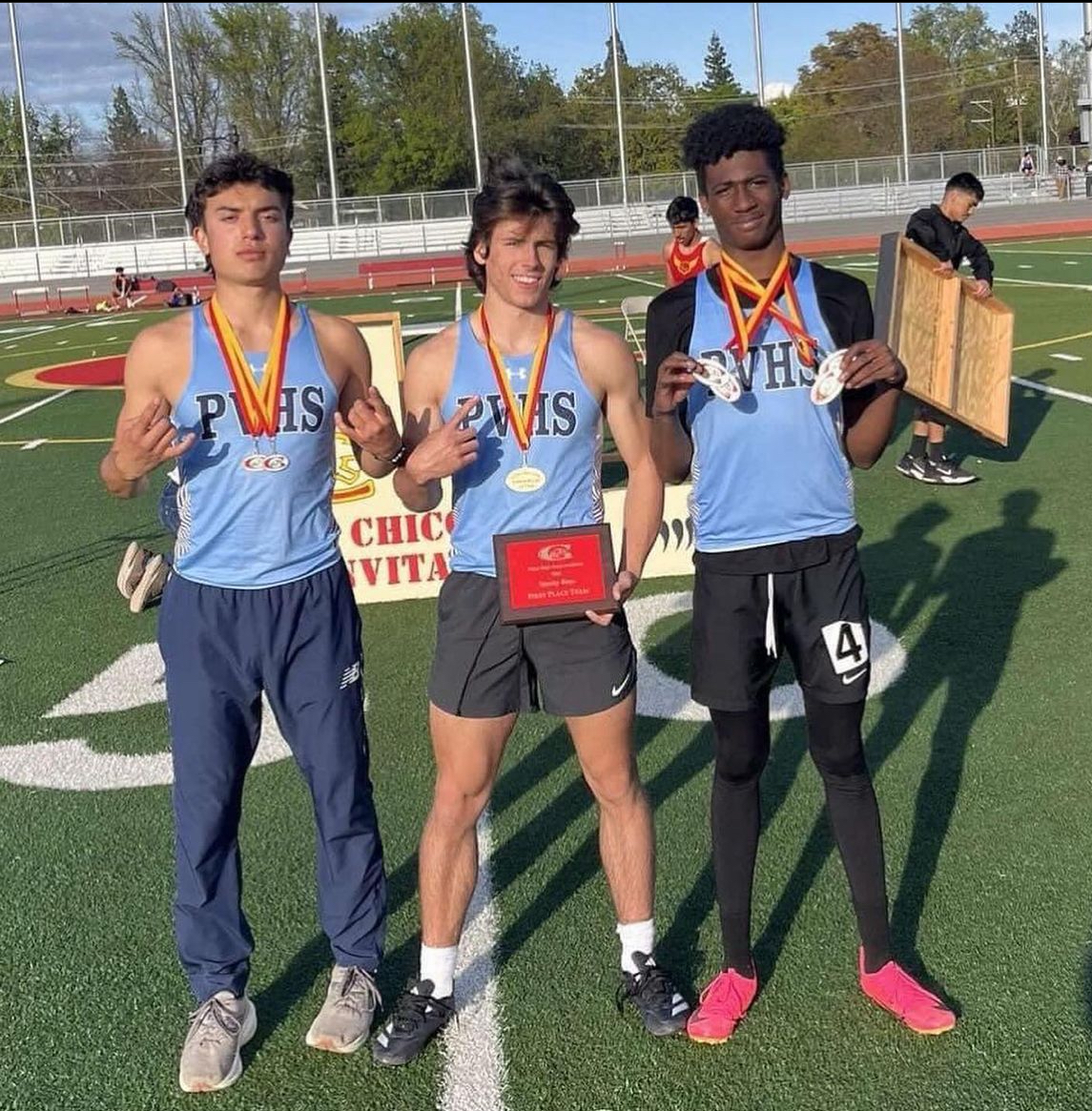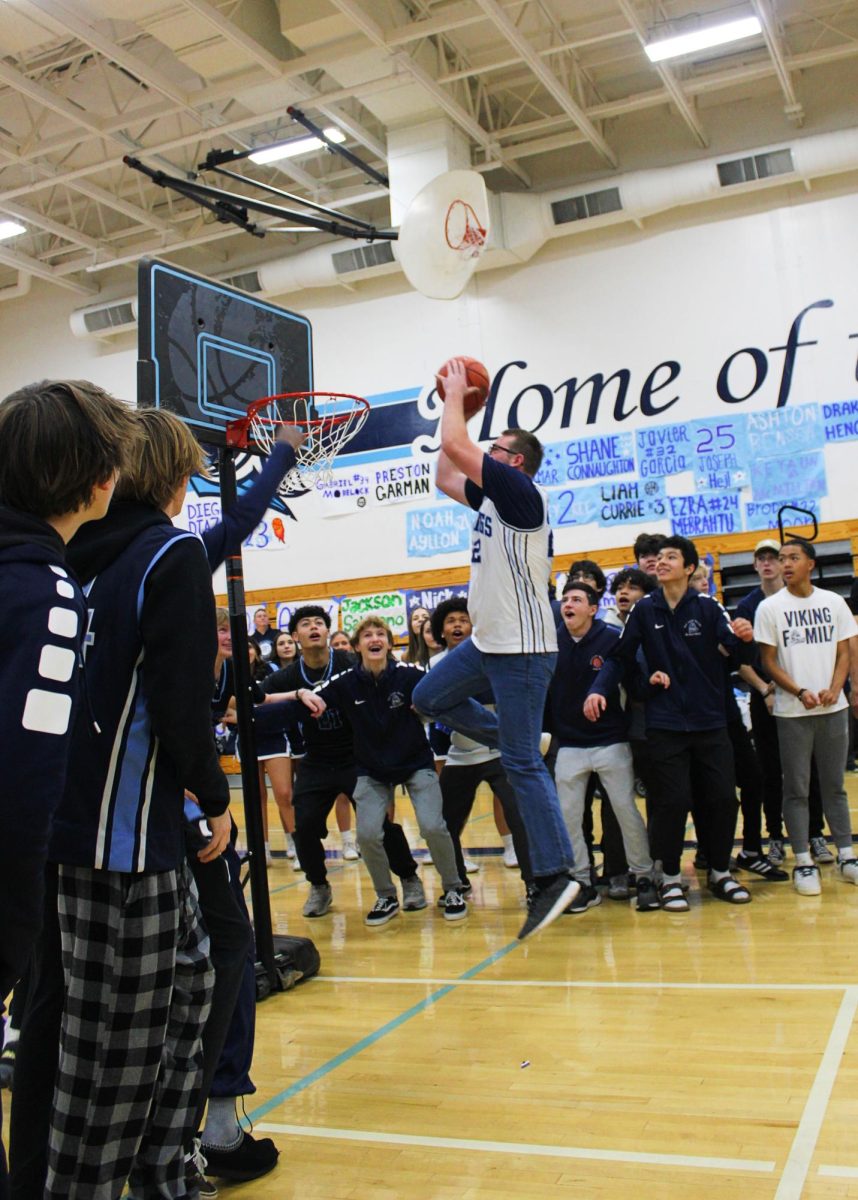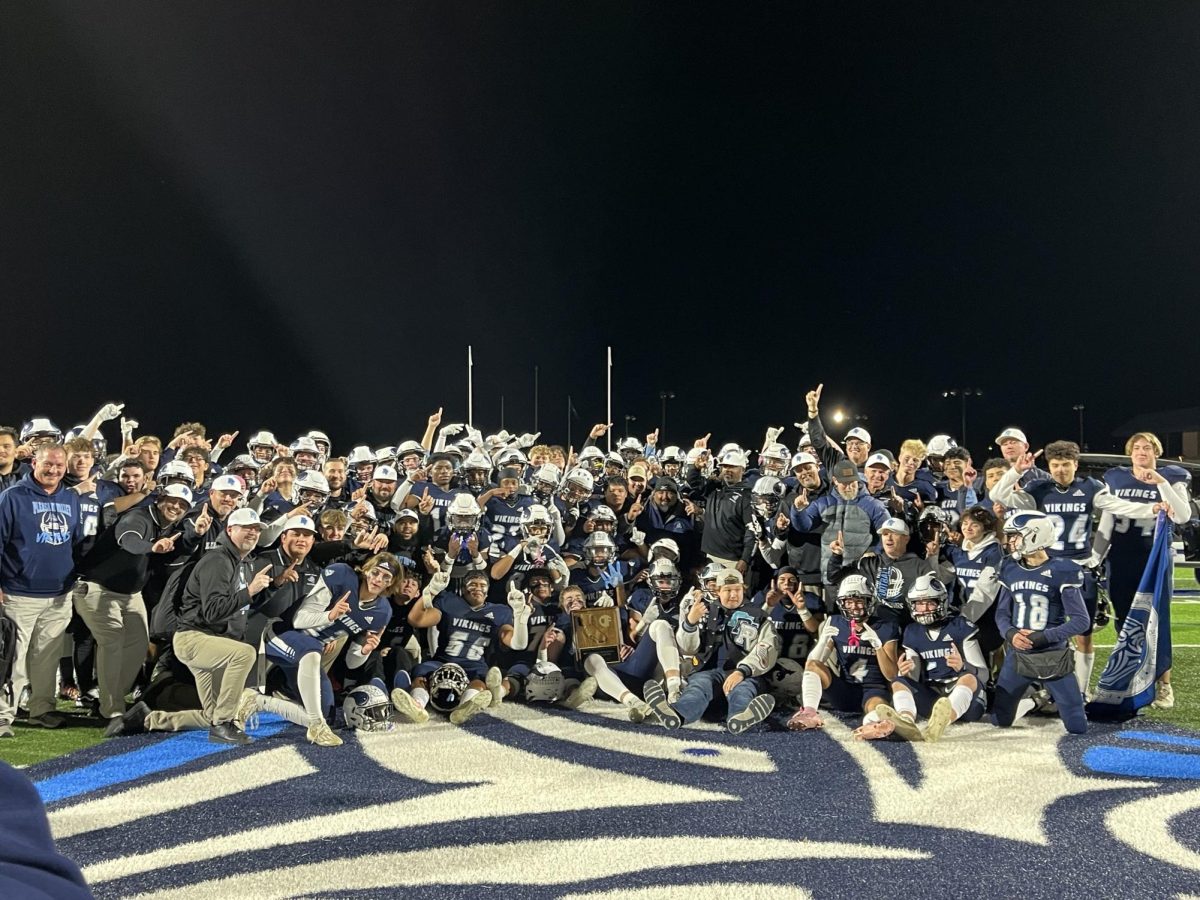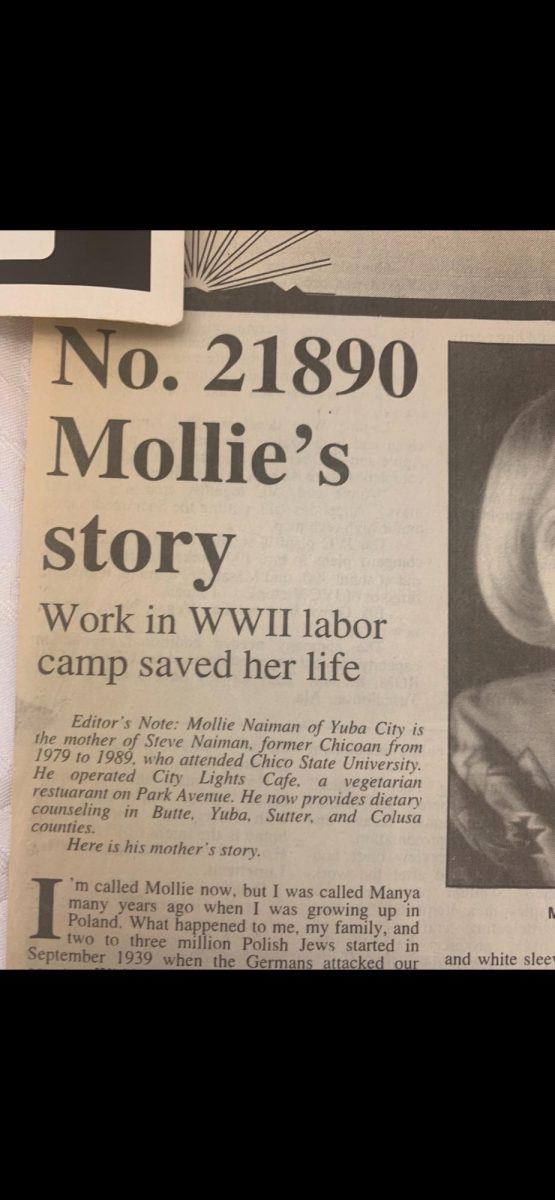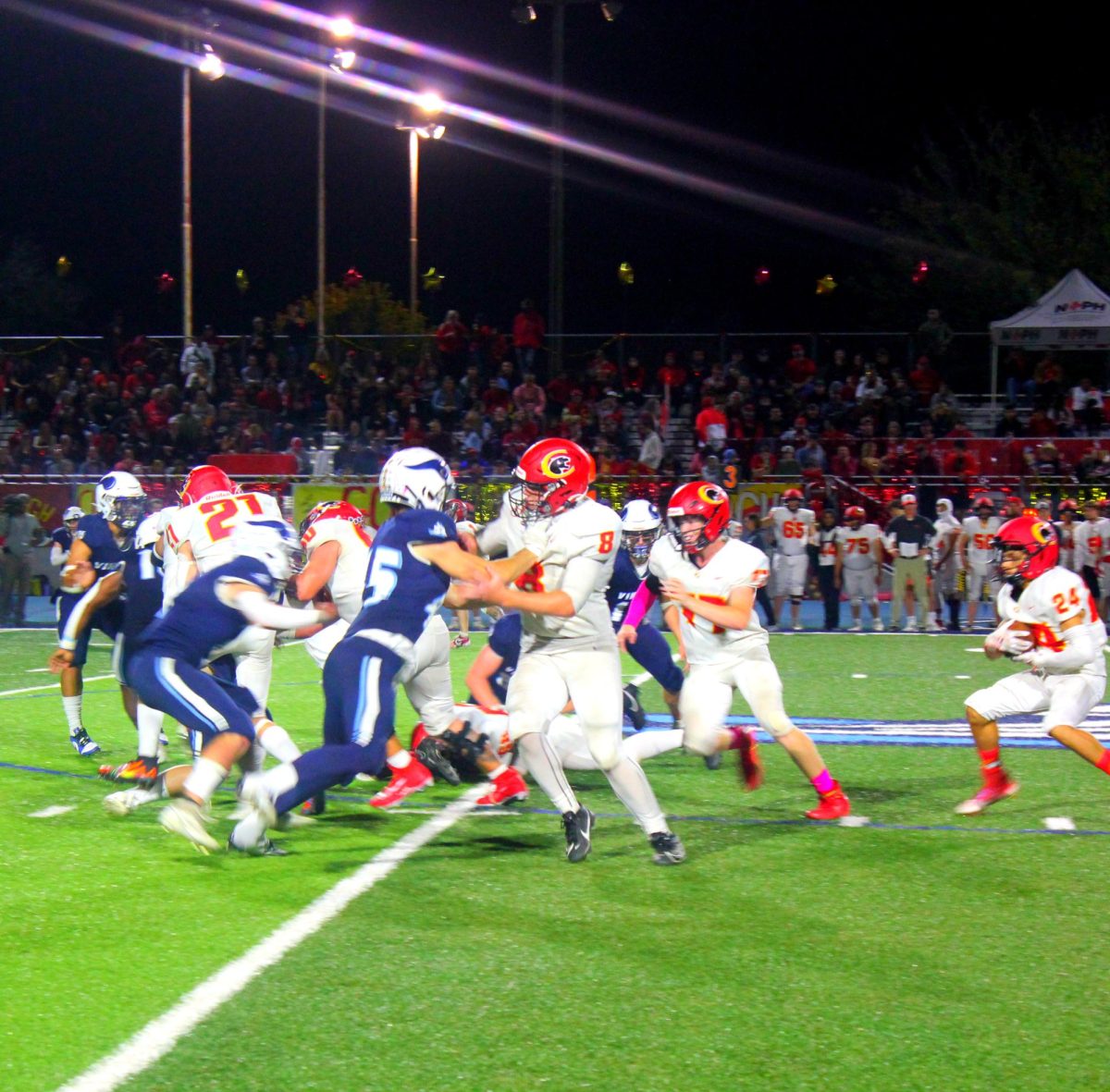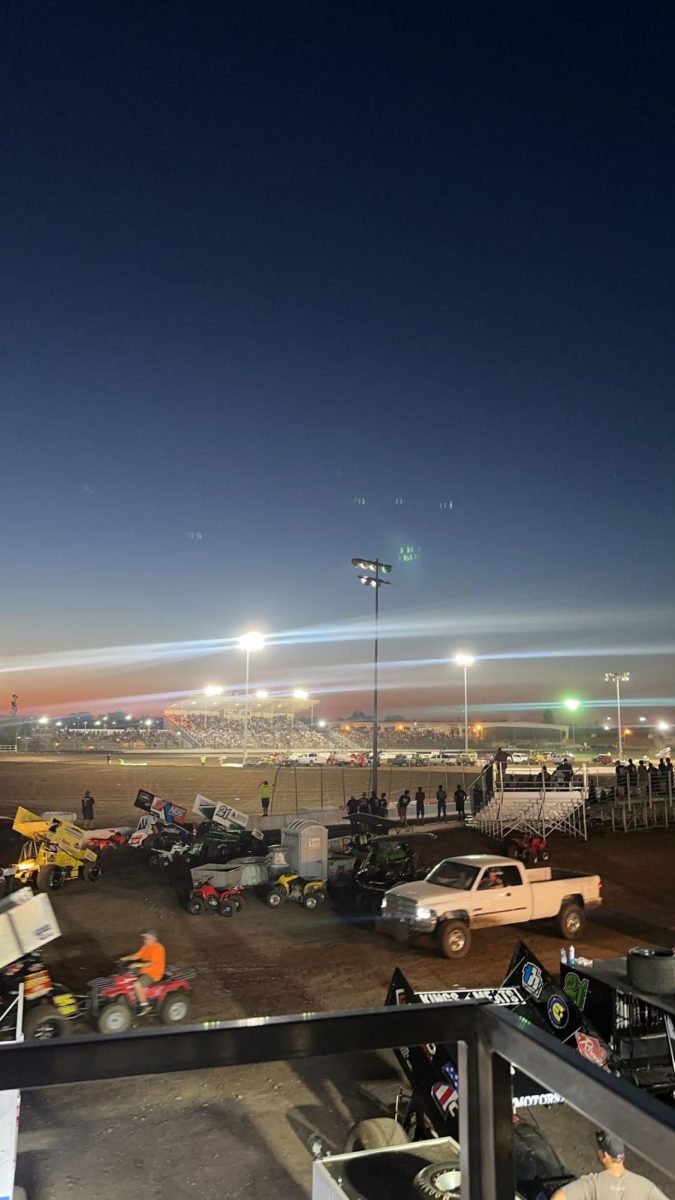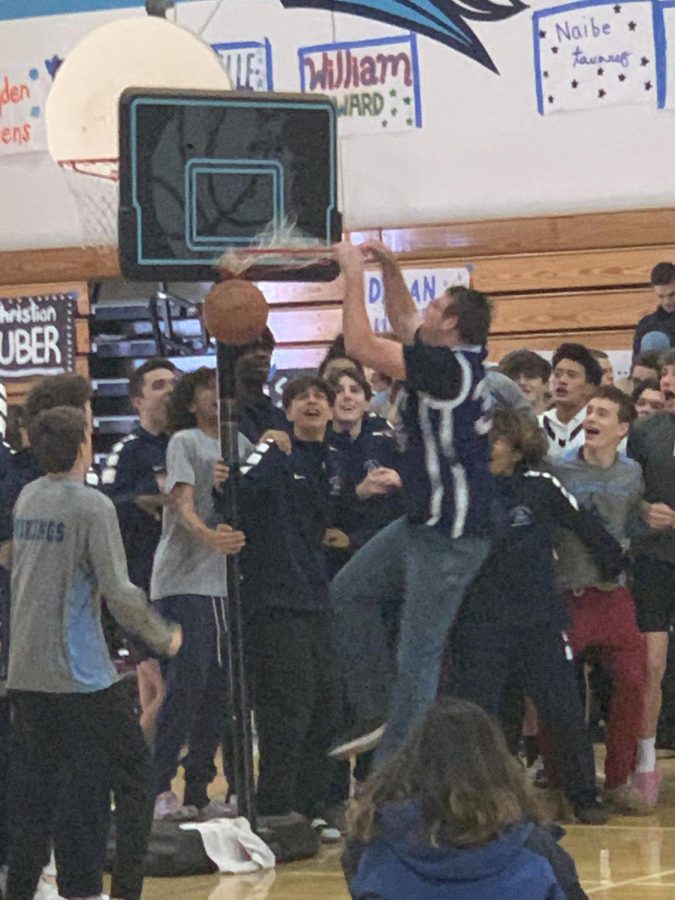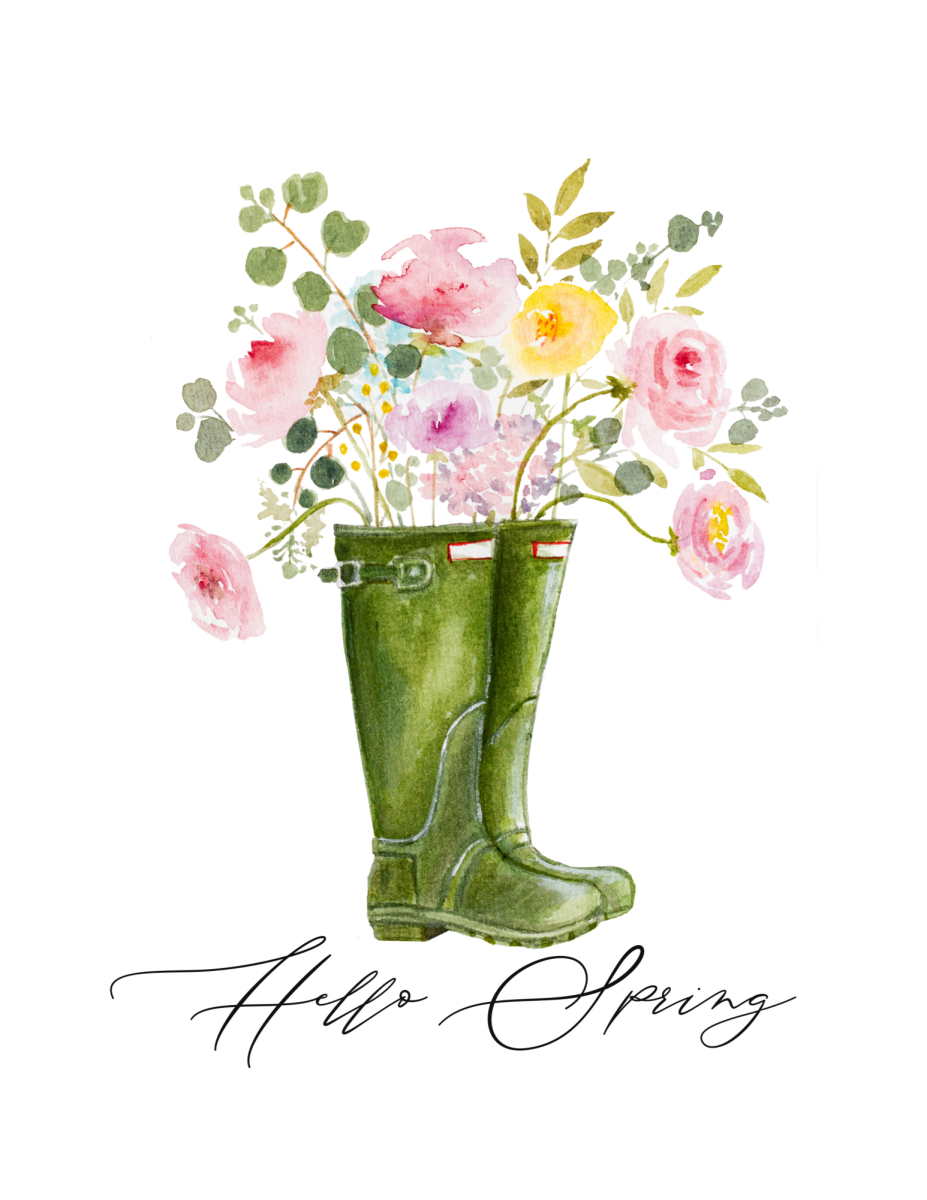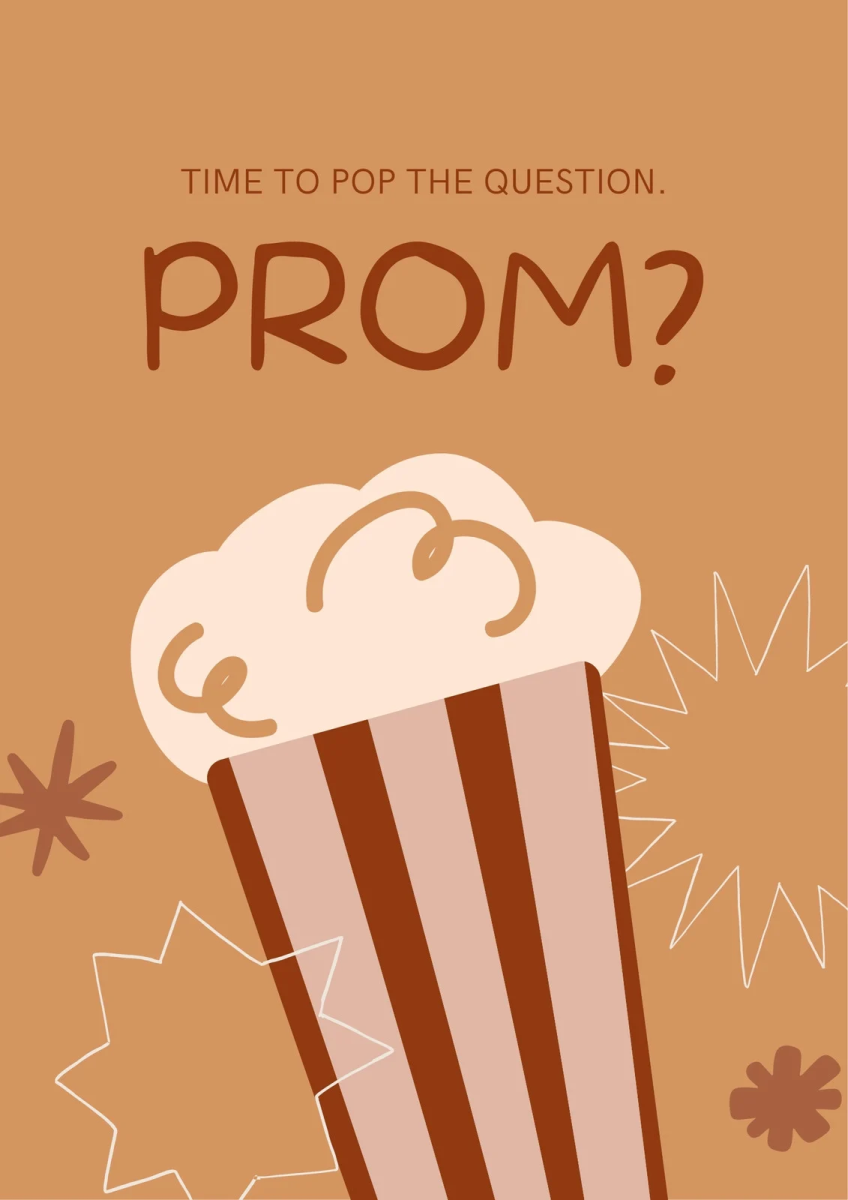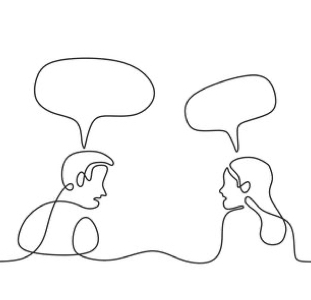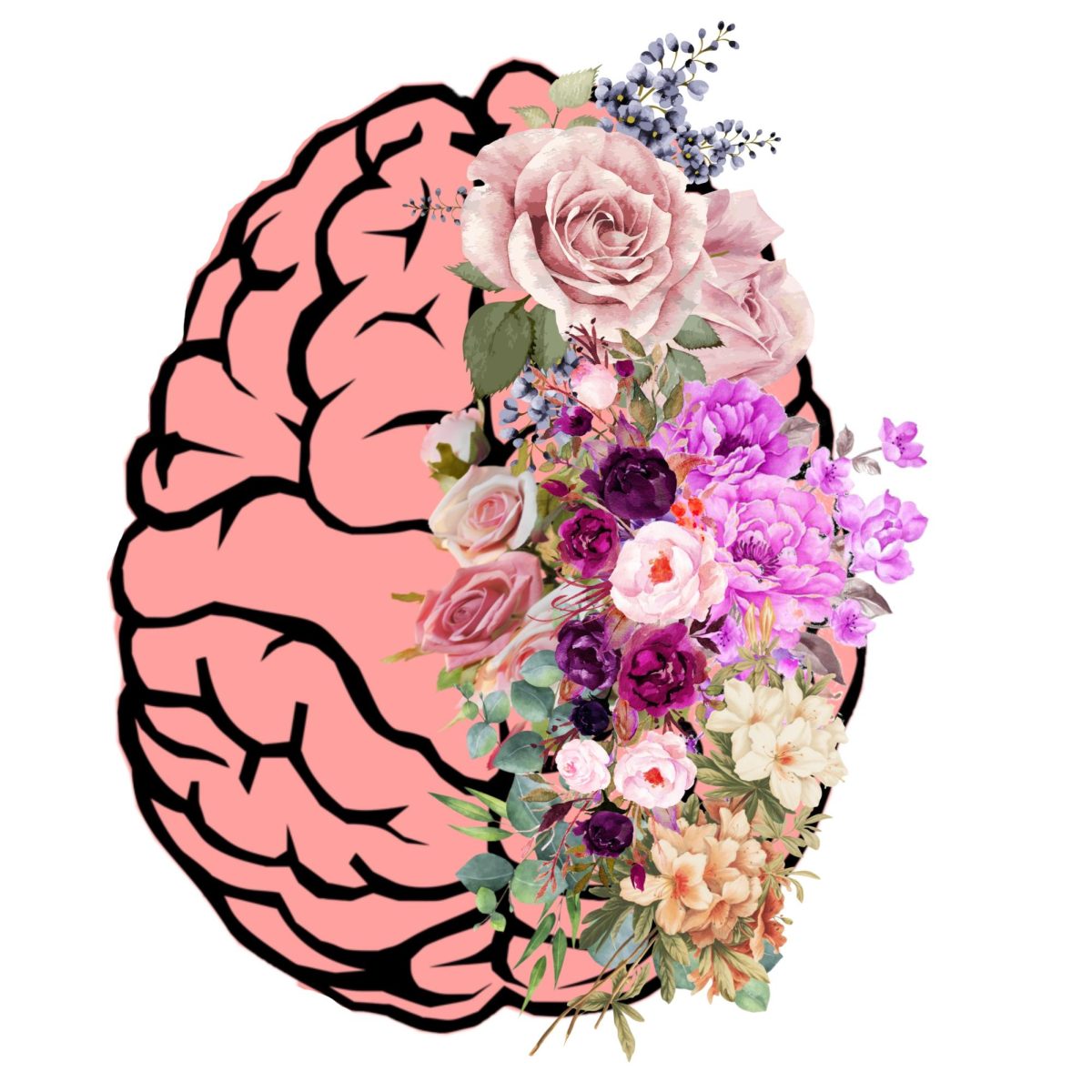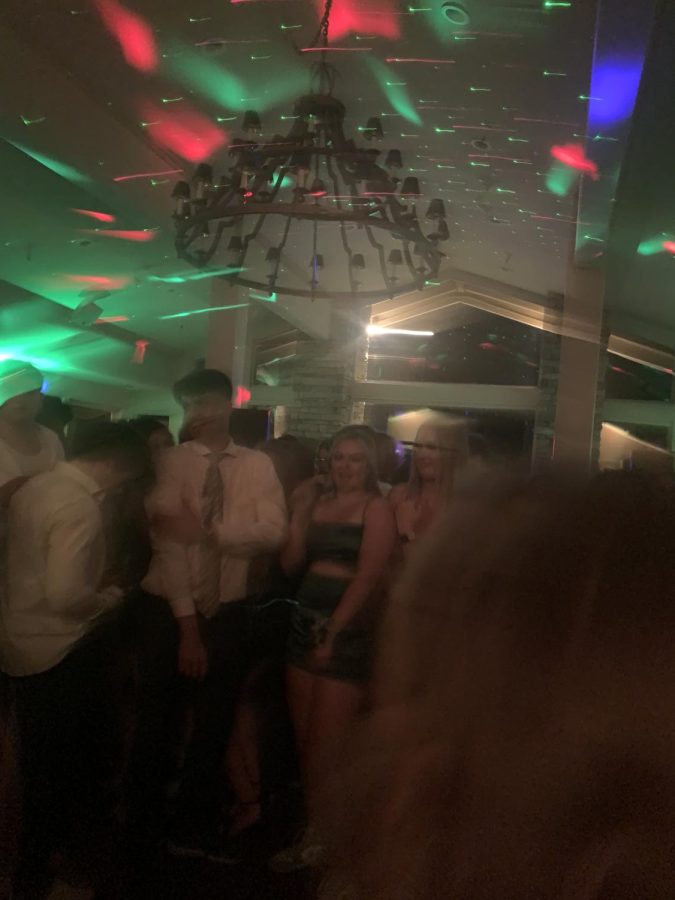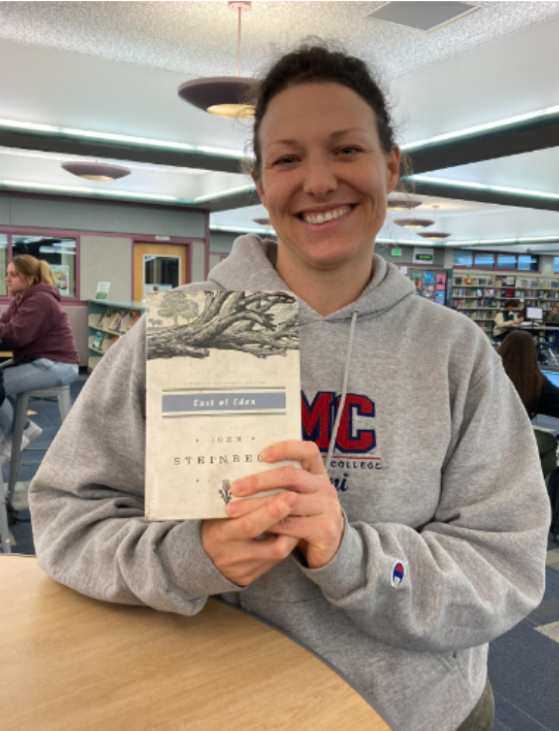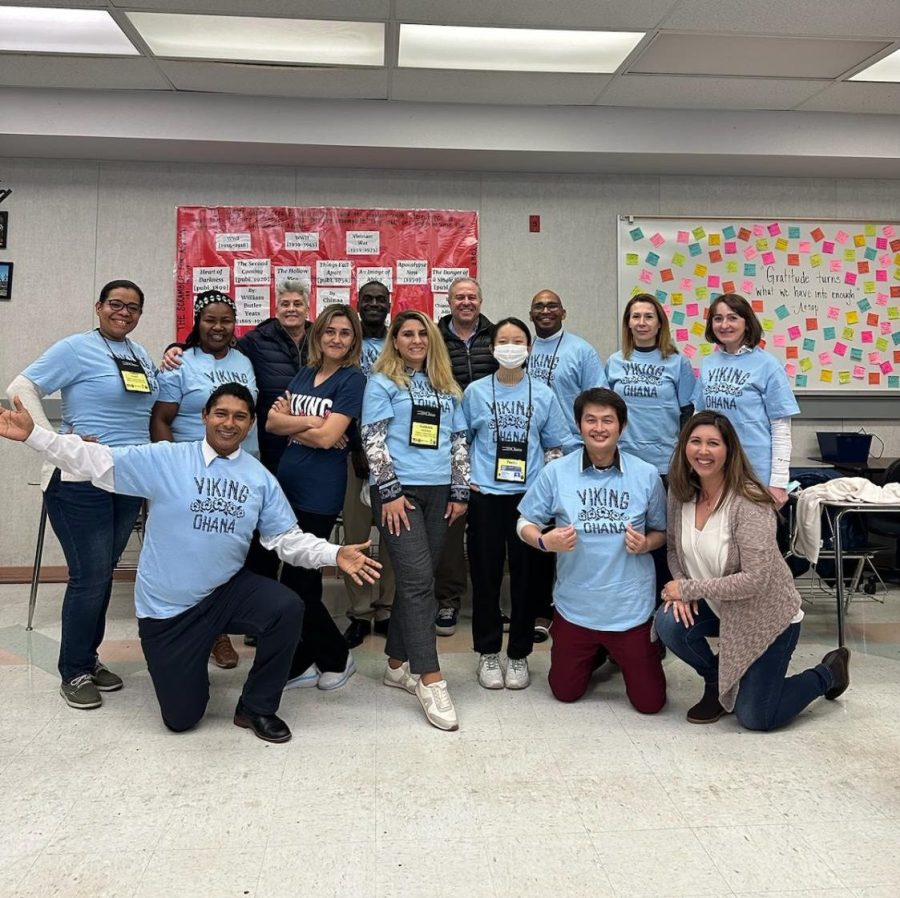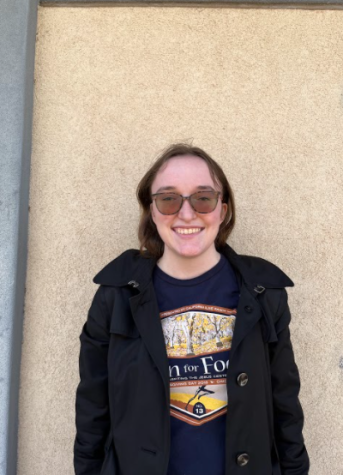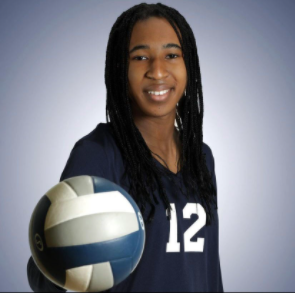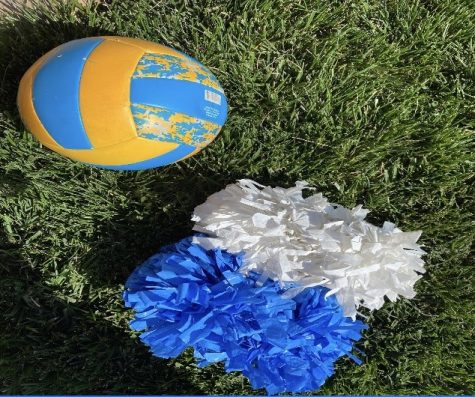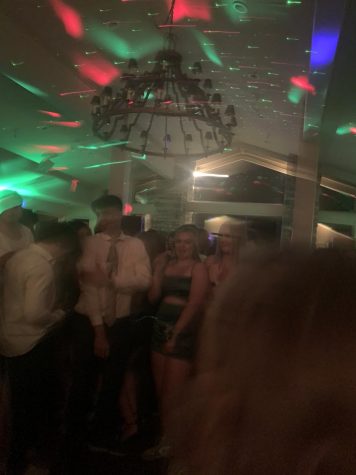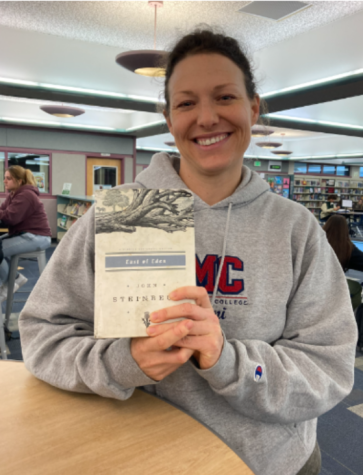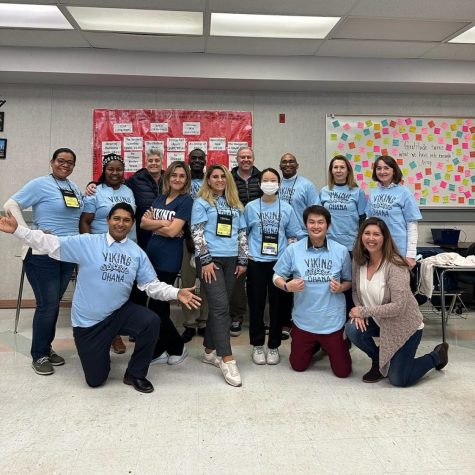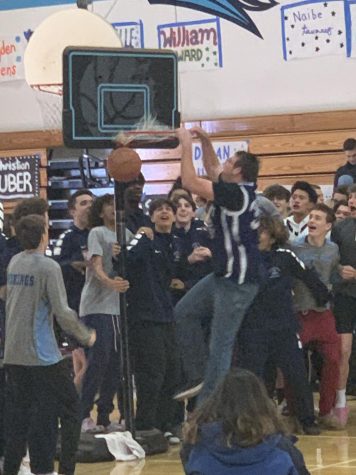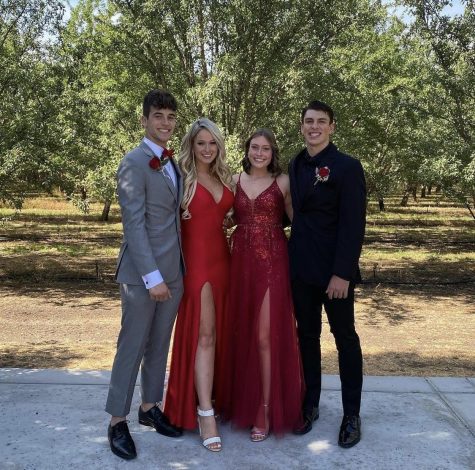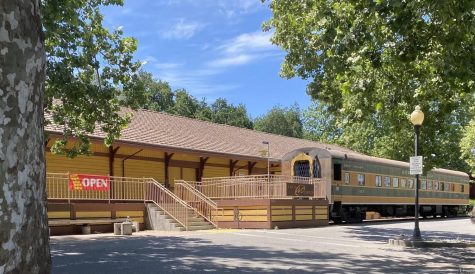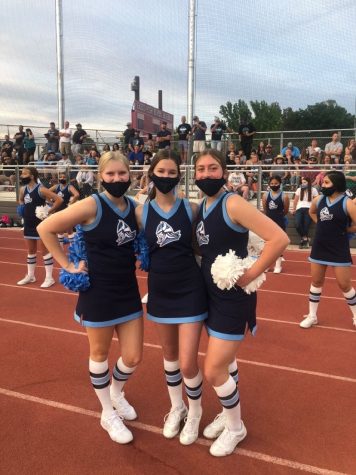My Perspective: Asha Lal
“Stand out from the crowd. It’s okay to be different.”
Adults told us this from such a young age. And yet, we as growing adolescents manage to feel out of place in so many situations, and it never feels good. We crave to dissolve into the background, be a part of the herd. When you feel out of place at a party, a social gathering, or even a family gathering, it’s a feeling you cannot shake. And that is the exact feeling many people of color experience every time they go outside. It’s something they experience before they are able to describe the feeling.
As a person of color, I was aware that I looked nothing like my peers starting in 3rd grade. It never affected me then, but I knew that my skin tone made me separate from my White classmates. We played as if nothing was wrong though. As I grew up, so did my understanding of the skin tone situation, and with it, my hyper-awareness and worry. I realized that I stuck out, and actively searched for something, anything, that could make me blend in. So began my development of tolerance or decisional ignorance.
Let’s start with middle school, hearing plenty of racist jokes because that was “funny” and the “norm”, not just about Black people, but Asian people, Indian people, Hispanics, Native Americans, Alaskan Natives, and Pacific Islanders. I felt I was expected to laugh, otherwise, I’d be making myself even more visible. So, silence. I wanted to post on social media about Black History month but resulted in doing nothing so I wouldn’t stand out. More silence.
Move on to high school, the first time I ever saw a police car on campus, and the first time I felt afraid of doing something wrong at school. As I got older and learned more about the struggles that people of color experience, I also learned about fear. When my parents left the house at night, I worried for their safety, as they might encounter someone who might make assumptions based on their skin color. I never voiced my concerns though. Why should I? No one had ever talked about race before, in or out of school, even though, that was the place where I went to learn about the various aspects of the world. If they say nothing at school, it must not be that important.
But, silence is complicity. This rings true in so many aspects of the world. Aspects that should be taught to everyone. Humans are creatures of curiosity, we enjoy taking in knowledge. In fact, we actively seek it out at any chance we get. So, how come the critical knowledge-seeking stages of elementary school and middle school are off-limits to education about racism? Or simply the acknowledgment of melanin? Would children understand if we taught them about racial inequality?
They would, actually. According to one study done on the correlation of race and gender by Phyllis Katz and Jennifer Kofkin, children at 30 months old, or 2.5 years old, begin to choose their playmates based on race. And during kindergarten, children express racial bias in a similar way that we see in adults. Not even into elementary school, kids are able to associate their lives around the skin tones of others. So it seems as if elementary might be a little late, but that just means it would be the best time. Children have very little grasp of society’s constructions, and they are not dumb; they clearly can understand complex ideas like math concepts or keeping their hands to themselves. We can teach children about the difference in skin tones, and they would grow into people with a better comprehension of acceptance than the previous generation. This is a time where they won’t be afraid to change themselves.
Middle school might be a more challenging time, but it is doable. People in middle school are beginning to try and place labels on aspects of things that they don’t yet understand. This is a time where it’s great to educate that differences in each other are natural and welcomed. Maybe then the journey of self-discovery for junior high students won’t be so rocky. Not only would it help them, but it would also help others to not be a victim of a joke, teasing, or bullying. Teaching kindness is easy, and providing resources is even easier.
During my freshman year, I distinctly remember being in freshman orientation and sitting in the bleachers and seeing all the intimidating high school things like the band playing and staff speaking to us. Coming out of middle school, I was easily impressionable and nervous as I had only one friend at the school who went to PVHS. I remember listening to a teacher, silently sitting with quiet freshmen. I don’t remember all of what he said, but I remember how the words made me feel.
If you don’t fit these standards, you won’t fit in at PV.
What standards was he talking about? Was it IQ level? Athletic ability? Mental health stability? Or could it even include my skin tone? I started off my freshman year feeling as if the term “Viking Family” might include everyone but me.
“Viking Family”- What does that mean to you? Have you ever felt a part of it? I’ve heard it over the years, but never truly felt like it applied to me. I have very rarely, if ever, seen any activity or club, not even a poster or announcement, that showed that PVHS cared about or represented its students of color. During Black History Month, I saw no teacher talk about it or mention it in the morning announcement. The Library Google Classroom did acknowledge it and even gave some resources, which seemed like the extent of participation. During the Black Lives Matter movement very little information or discussion was provided in my classes or by the school. Where was the representation especially during a very crucial point in time in American history?
In the past, PVHS had a multicultural week. The first time I had ever heard of it was when Spanish teacher Janet Topete showed my freshman class photos of it. She described it as a week of life and representation, where cultures across the world could have the spotlight. It was five days where people were loud and expressive about where they came from, what they love, and who they were- it wasn’t even limited to culture. Artists created; dancers performed; chefs cooked- all were represented. There even was a parade with floats and a car show. Now that sounds like a family.
So, how would you like to be a part of this family? What are some ideas that you have that could make PVHS seem more inclusive? The idea of bringing Multicultural Week back would be a good start. Maybe we can start a club where students can go to talk about racial issues, a safe space so they can be heard. Possibly we could have history teachers go more in-depth about racial prejudice, have government and civics teachers speak of the struggles people of color face in jobs and government? All teachers should feel empowered to speak and educate students about race. We could hang posters in classrooms that have resources available to people who might need them, financially, mentally, or personally.
It’s okay to not know where, or how, to start helping people of color, but it’s not okay to not care about their situations and struggles. Go ahead and ask questions, do research, speak up, and speak out. We can start small, but let’s do something. I, and many others, have a year left to see some change before we graduate. Let’s build a Viking Family, that is built off appreciating, uplifting, and acknowledging one another.
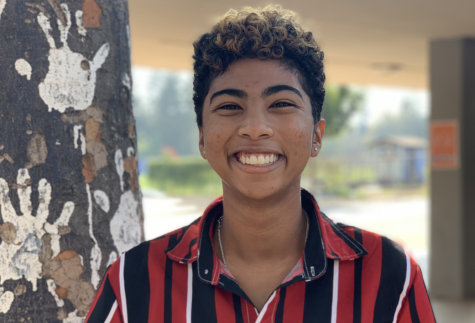
Asha is a Senior and onto their second year in The Saga. They enjoy writing to connect with the community and to express creativity. In their free time,...

